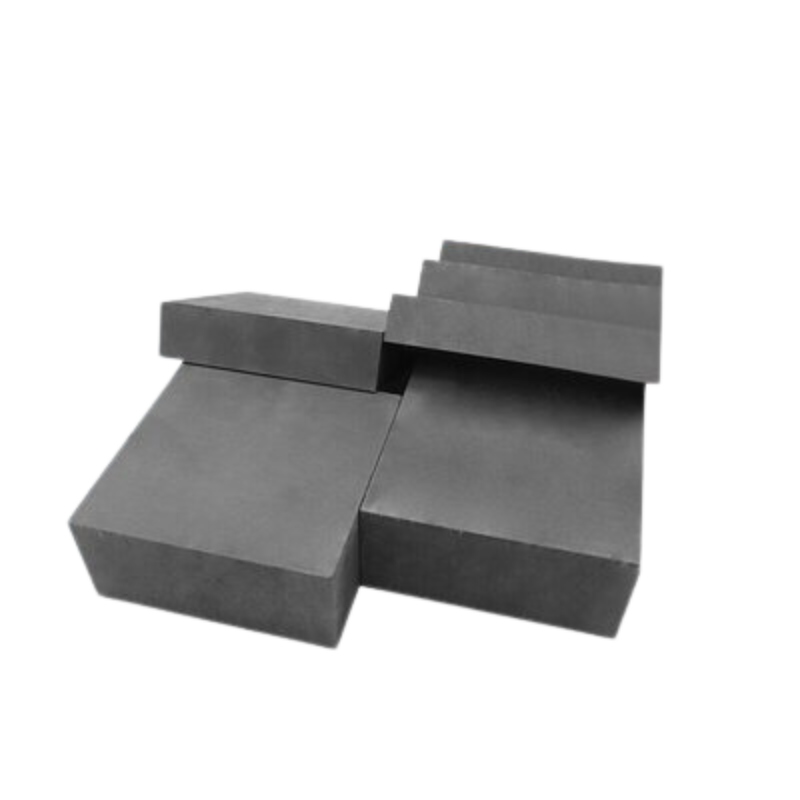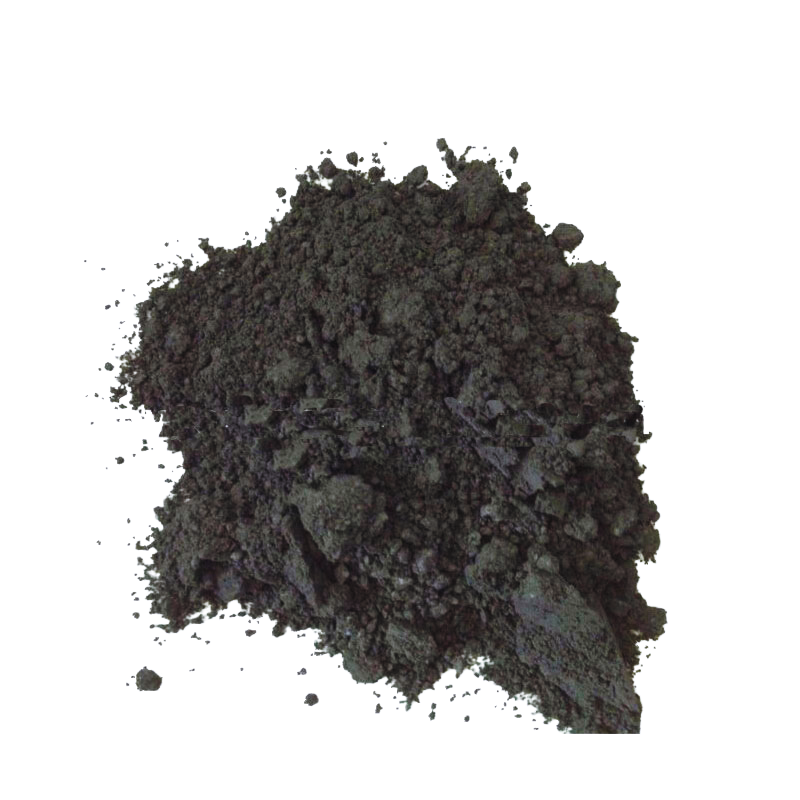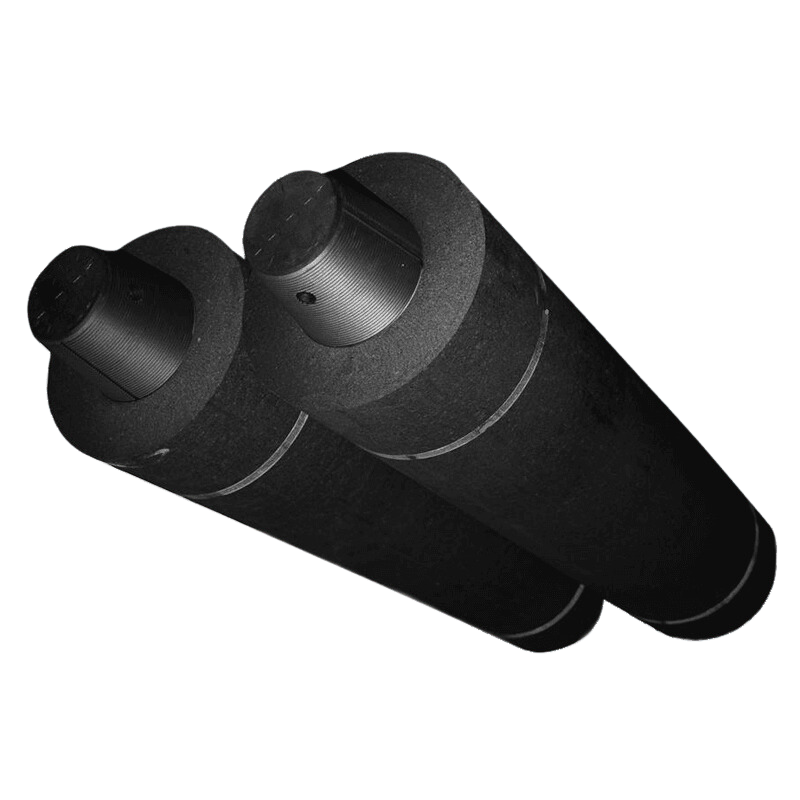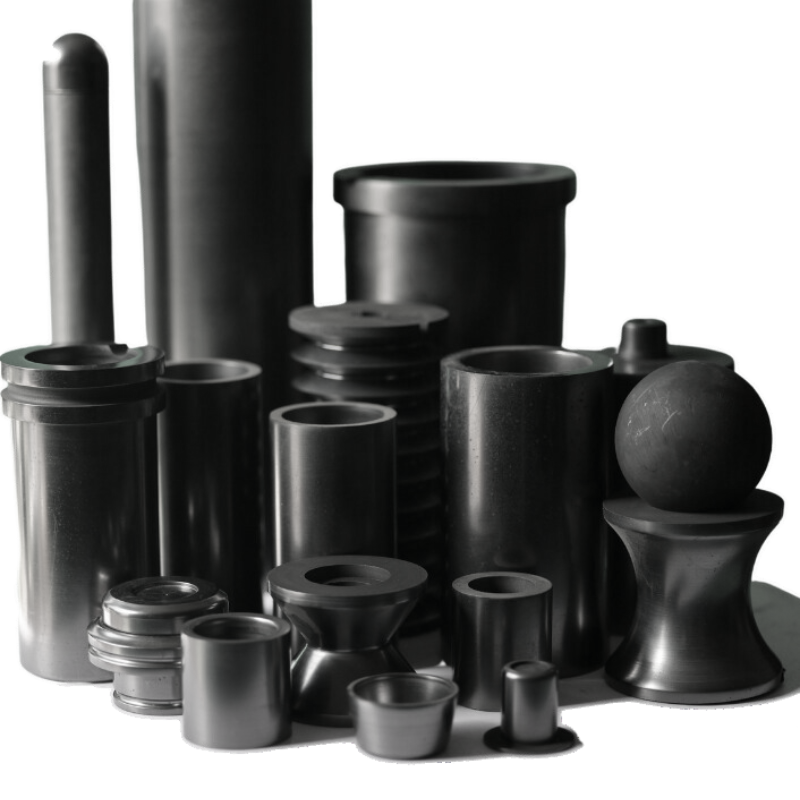Distinguishing High Purity Graphite Board, Graphite Electrode Plate, and Flexible Graphite Sheet
1.High Purity Graphite Board:
Properties: High purity graphite board is made from high-purity natural or artificial graphite, exhibiting excellent thermal stability, conductivity, and chemical stability.
Applications: Mainly used in industrial settings such as high-temperature furnaces, vacuum furnaces, and arc furnaces. Its high purity allows stable operation in high-temperature and corrosive atmospheres.
Features: The high purity enables the graphite board to perform well at high temperatures, enduring extreme thermal stress and chemical environments.
2.Graphite Electrode Plate:
Properties: Graphite electrode plates are typically made from granular graphite materials, showcasing strong conductivity and serving as the primary raw material for manufacturing graphite electrodes.
Applications: Primarily used in arc furnaces as a supporting material for electrodes. In metallurgical and chemical industries, graphite electrode plates are used for metal smelting and chemical production.
Features: Possesses good conductivity and heat resistance, able to withstand the impact of arcs at high temperatures, maintaining stable electrical conductivity.
3.Flexible Graphite Sheet:
Properties: Flexible graphite sheets are often produced from expanded natural graphite through special processing, offering high flexibility and malleability.
Applications: Mainly utilized in sealing, thermal conduction, and electrical conduction applications. Commonly found in industries such as automotive, electronics, and petrochemicals for manufacturing sealing gaskets, thermal pads, and conductive pads.
Features: Exhibits excellent flexibility, allowing cutting, bending, and forming into various shapes as needed. Due to its malleability, flexible graphite sheets are suitable for sealing requirements on complex surfaces and irregular shapes.
In summary, each of these three types of graphite boards possesses unique properties and applications. High purity graphite boards prioritize stability in high-temperature and corrosive environments, graphite electrode plates emphasize conductivity and heat resistance, while flexible graphite sheets highlight flexibility and malleability, suitable for sealing and thermal/electrical conduction applications. The choice of the appropriate graphite board depends on specific engineering requirements and application scenarios.





